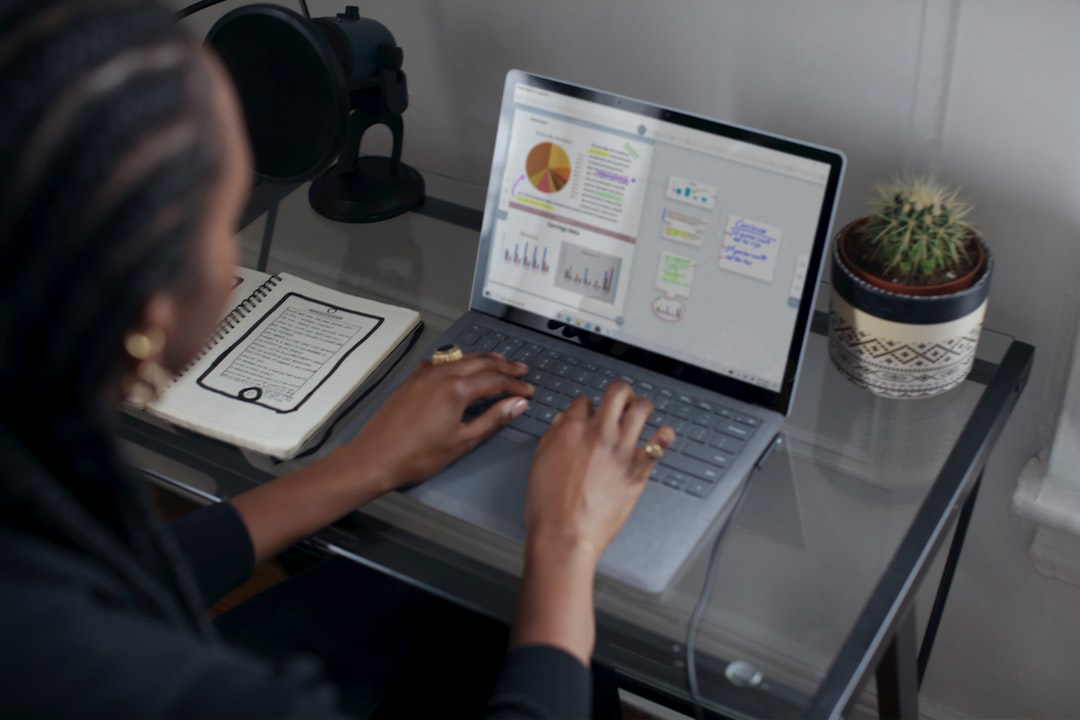Microsoft has been pushing the boundaries of artificial intelligence across its suite of products, and its AI assistant, Copilot, is receiving a substantial upgrade in 2025. Designed to enhance productivity, aid creativity, and simplify complex workflows, Microsoft Copilot is being supercharged with new tools, deeper integration across platforms, and smarter contextual awareness. The updated features aim to set a new benchmark for generative AI embedded in everyday apps like Word, Excel, Outlook, and Teams.
This major overhaul is not just an incremental improvement. It represents Microsoft’s commitment to evolving Copilot from a helpful assistant into a deeply integrated, intelligent companion for digital work. Here’s what users can expect from the upcoming 2025 Copilot update.
Smarter Contextual Understanding
One of the most significant changes in the 2025 update is a leap in contextual awareness. Microsoft has trained Copilot on a larger dataset and built enhanced integration with user activity across Microsoft 365 applications. This means Copilot can now infer more about the user’s intentions based on the content they are working on and the documents they’ve recently accessed or shared.
For instance, while drafting a report in Word that references emails or data from Excel, Copilot can pull in relevant information from those sources without the user needing to switch between apps. This improved understanding leads to more relevant suggestions, smarter auto-completion, and fewer manual interruptions.

Unified Interface Across All Microsoft 365 Apps
With the 2025 rollout, users will experience a more consistent Copilot interface across all Microsoft applications. Whether you’re using Outlook, Excel, PowerPoint, or Teams, the Copilot assistant now resides in a uniform command bar that appears within the app’s workspace.
This not only creates a seamless transition between tools but also allows for cumulative task handling—for example, summarizing data from Excel and instantly transforming it into a PowerPoint slide without starting from scratch or copying and pasting.
Advanced Natural Language Capabilities
Copilot’s ability to interpret natural language has seen remarkable improvements. Users can now issue complex, multi-step commands in everyday language and receive accurate outputs. For example, users can type:
“Prepare a quarterly performance chart for Q1 using SalesData.xlsx and summarize key trends in three bullet points.”
The assistant then fetches the data, generates the chart, applies styling, and inserts a concise summary—all within seconds. These features are powered by the latest updates to Microsoft’s AI model, which has also been optimized for enterprise-grade security and privacy concerns.
Offline Functionality and Local Processing
One of the most requested features is finally arriving in 2025: partial offline functionality for Copilot. Microsoft has introduced local AI processing capabilities, allowing basic functions and command execution to happen without an internet connection.
While cloud processing remains essential for more intensive queries and data synthesis, tasks such as grammar correction, formatting, and design suggestions can now be executed securely on-device—perfect for users in low-connectivity or highly secure remote working environments.
Deep Integration with Teams and Outlook
Microsoft has invested in tighter integration with collaboration tools like Teams and Outlook. In Teams, Copilot can now automatically transcribe meetings in real time, summarize discussions, and even identify action points assigned to specific team members. It syncs with Outlook, offering smart email replies and summarizing long email threads.
This not only boosts meeting productivity but allows for asynchronous participation. Team members in different time zones can quickly catch up with accurate meeting notes and context-specific highlights.

Customization and Personalization
Another cornerstone of the 2025 update is personalized AI profiles. Businesses and individual users can now customize Copilot to better understand their unique workflows. Users can define preferences such as industry terminology, preferred writing style, and data visualization formats.
Admins in organizations can also create templates and workflows that suit their teams, allowing Copilot to fit into business-specific processes and guide standard procedures, such as report writing or onboarding sequences.
Third-Party Integrations and APIs
With this update, Microsoft is opening Copilot to third-party developers through new APIs and SDKs. This makes it easier for developers to create plugins that integrate Copilot features into specialized enterprise apps, CRMs, and third-party services.
This ecosystem expansion aims to position Copilot as a central AI hub not just within Microsoft products, but across the broader digital workspace.
Real-time Collaboration Enhancements
In 2025, Copilot is becoming more collaborative. Multiple users in a shared document or spreadsheet can now access and interact with Copilot simultaneously. It processes real-time inputs from different contributors, making group editing more dynamic.
For example, as two team members co-author a project proposal in Word, Copilot can adapt its suggestions based on the inputs of both, track changes, and maintain contextual relevance for each collaborator.
Security, Compliance, and Transparency
Given increasing scrutiny over AI tools and data usage, Microsoft has fortified Copilot with enhanced security protocols and compliance features. Users will receive clearer disclosure about how their data is processed and stored. There are also improved controls allowing organizations to define boundaries for what Copilot can access.
Additionally, Copilot will now display reasoning trails for some responses, helping users understand where information or suggestions originated—an effort toward trustworthy and transparent AI.
Release Timeline and Accessibility
The updated Microsoft Copilot is expected to roll out globally in phases starting in Q1 of 2025. Enterprise customers and Microsoft 365 users with premium plans will be among the first to get access, followed by general availability for personal and home users later in the year.
New Copilot features will be available on Windows 11 PCs, macOS, and web versions of Microsoft apps, ensuring accessibility across devices and platforms.
Frequently Asked Questions
- Q: Is Copilot included in the regular Microsoft 365 subscription?
A: Copilot is included in Microsoft 365 subscriptions, but some advanced features may be available only to premium-tier or enterprise users. - Q: Will the Copilot 2025 update support older versions of Windows?
A: Most Copilot 2025 updates are optimized for Windows 11. Some features may be limited or unavailable on older operating systems like Windows 10. - Q: Does Copilot require an internet connection to work?
A: While many features require cloud processing, the 2025 update introduces partial offline functionality for basic tasks such as editing, formatting, and correction. - Q: Can I use Copilot in languages other than English?
A: Microsoft is expanding multilingual support for Copilot in 2025. Popular languages such as Spanish, French, German, and Mandarin will receive native command support. - Q: Is my data safe when using Copilot features?
A: Yes. Microsoft has reinforced security, encryption, and privacy policies. Data accessed or processed by Copilot remains within Microsoft’s compliance framework.
As 2025 approaches, Microsoft Copilot is evolving from a smart feature into a powerful digital colleague. With enhanced intelligence, cross-app fluency, and secure integration, it’s poised to redefine what AI assistance means in the workplace and beyond.




